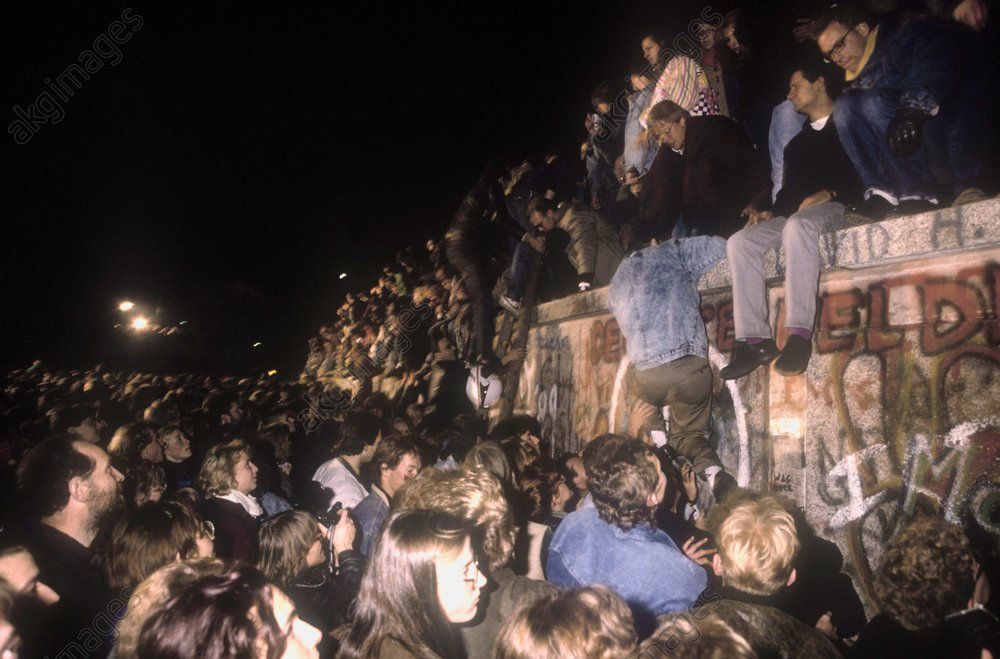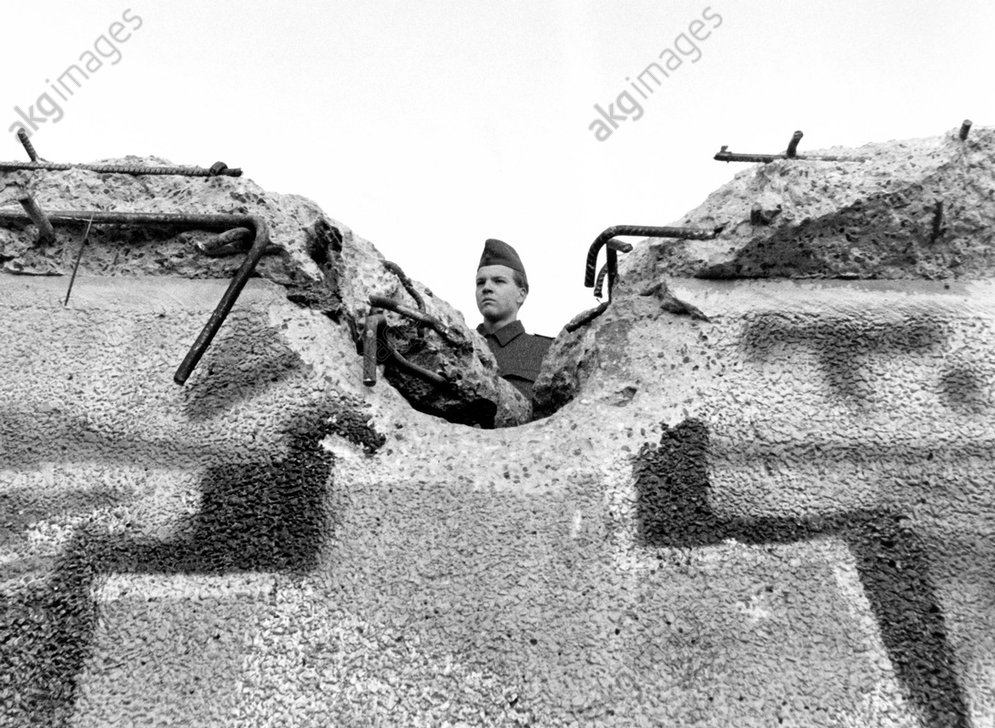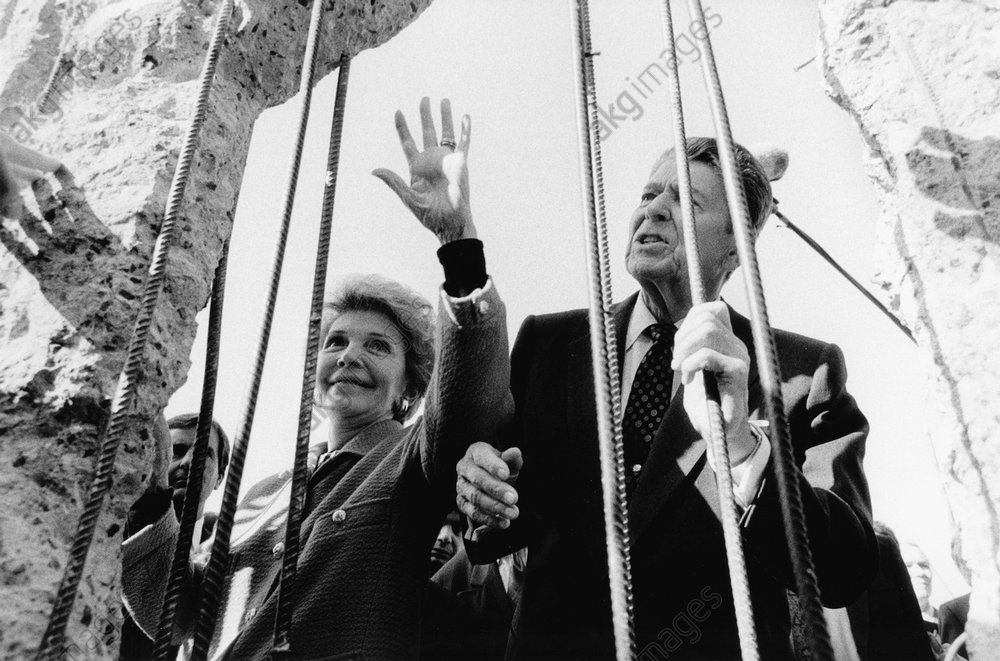Fall of the Berlin Wall
17 June 2019
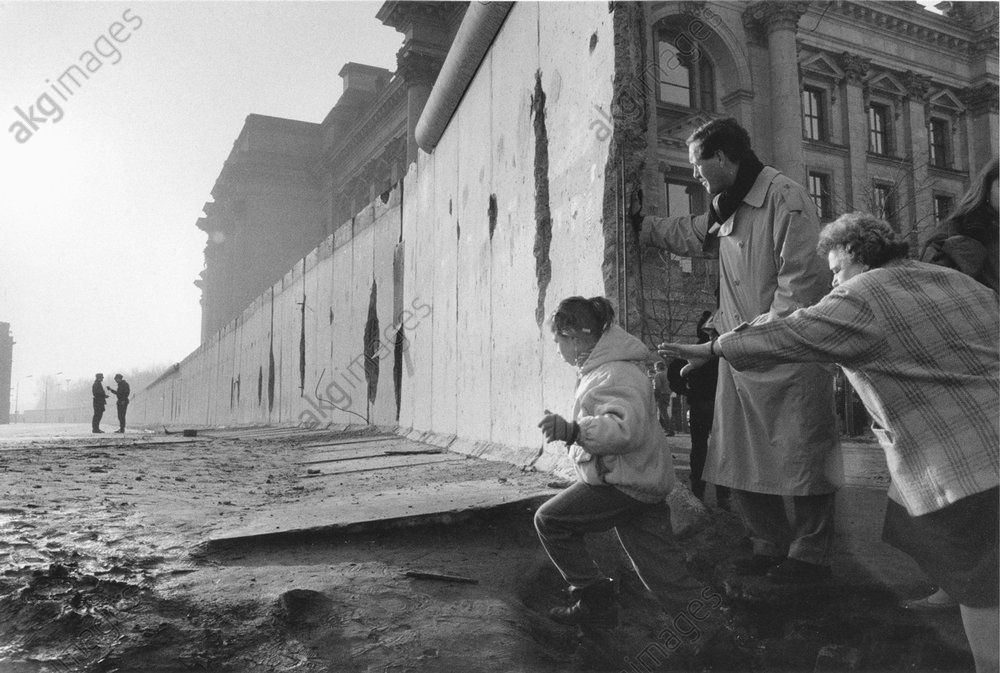
On 19 August 1989 Communist Hungary disabled its borders with neighbouring Austria, effectively allowing East Germans to defect to the West. The East German government reacted by suspending travel to Hungary, but East Germans continued to escape through Czechoslovakia, which had also relaxed its border controls. Communist leaders in East Germany announced that they would allow direct travel from East to West Germany, hoping to stem the exodus of refugees travelling into West Germany through the "back door" of Czechoslovakia.
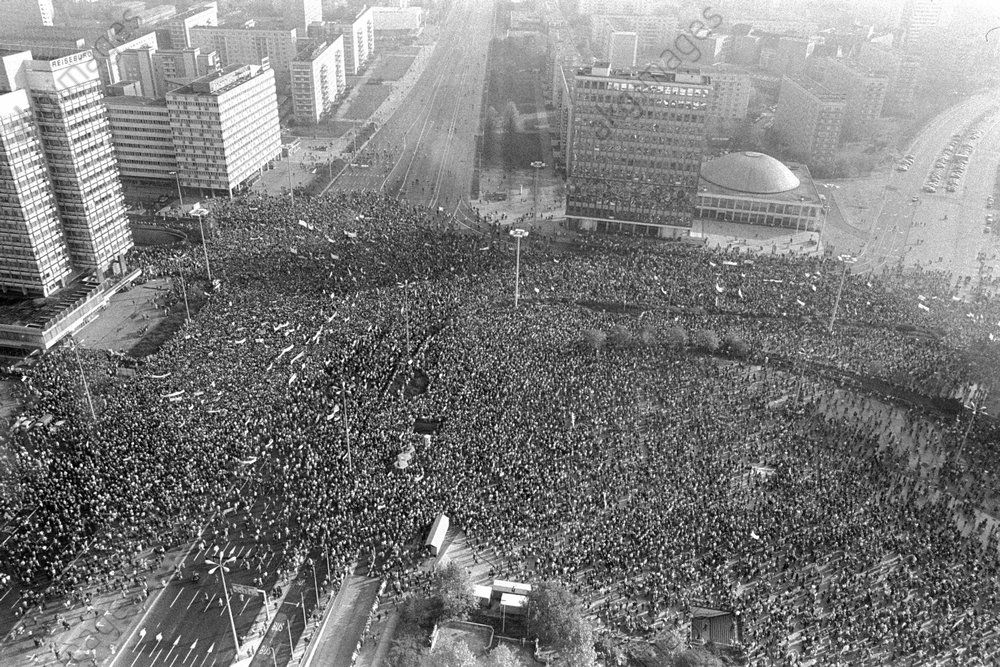
Shortly after this announcement, hundreds of East Berliners converged on gates along the Berlin Wall demanding to be allowed across to the West. This caused confusion for the guards at the checkpoints who had not been given clear instructions on how to deal with the newly-opened borders. East German authorities were unwilling to authorise lethal force to control the crowds, so the border guards had no way to hold back the scores of GDR citizens amassing at the border crossings, so people were allowed through the gates with few or no identity checks. Ecstatic Berliners from both sides of the divide celebrated by climbing on top of the Wall and hacking away at the concrete of the 45-kilometre barrier which had divided the city for nearly three decades.
